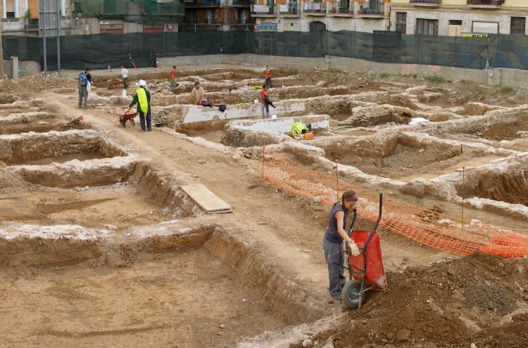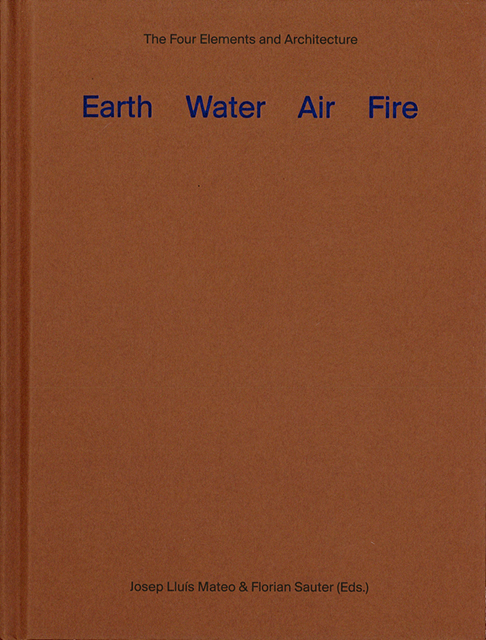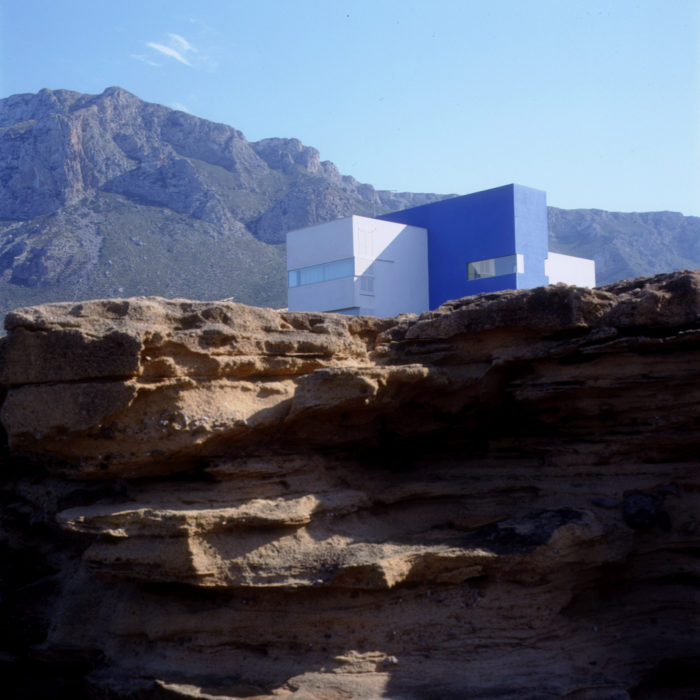This website uses cookies so that we can provide you with the best user experience possible. Cookie information is stored in your browser and performs functions such as recognising you when you return to our website and helping our team to understand which sections of the website you find most interesting and useful.
Nature + Architecture
AHO, Oslo School of Architecture, 11/05/17
Thank you for your invitation to meet once again in Oslo.1
What I most recall of my time here is the data of nature: the intense cold in winter, the tenuous but clear light, the presence of trees and the non-urban exterior, the pantheistic meeting of people with the natural world in a dialogue, as a direct interlocutor.
Today, I’m going to talk about the relation between architecture and nature, in my vision and in my work.
Starting a project always means encountering a place, a setting, a context to relate to. At a time when human intervention is generalised, it is safe to say that our work always comes into direct relation with transformed nature, where we can see the contemporary city, having abandoned classicist nostalgia, as a kind of landscape.
Reading the context as landscape
My interest in nature is physical, material. I draw on the archaic situation where architecture had to relate actively with the forces of nature to produce protection, roots, survival.
I am interested more in this relation of opposites (exterior/interior, protection/danger, etc.) than in imagining projects as a continuation of natural metaphors: the building as a forest, as a cloud, as a rock—metaphors that can be a point of departure but never of arrival. An initial stimulus to forget/develop.
From this physical, phenomenological viewpoint, I have found Greek pre-Socratic thinking both useful and attractive in its definition of earth, water, air and fire (the four elements)2 as an initial set of tools for understanding the world. The idea of the four elements, which subsists with nuances in many cultures, introduces a “general” system of thought as a point of reference with which to operate with naturalness in the globalised world.
The four elements refer us to an idea, but this idea has to be understood and experienced by the senses, not just by reason.
The four elements, physical reality like architecture, relate us with consistency, weight, state (solid, liquid, gaseous), fundamental to a sensual comprehension of reality.
1 I was invited projects professor at the AHO early on in my academic career.
2 See our research into the four elements conducted at the Projects Chair under my direction at ETH-Zurich. The Four Elements and Architecture. Earth, Water, Air, Fire. ACTAR, Barcelona-New York, 2014.
In Ullastret, the aim was to configure the earth’s crust, defining its profile and consistency. To generate a new topography that allows the passage of people and also channels rainwater.


In Portugal, the artificial topography produces a lake. Beneath the building, we cooled the water to produce the ice of the skating rink. Water in two states: liquid and solid.

In the mountains, we salvage a wall that at once contains the earth, shelters the fire and offers water. We add the air.
In the Raval (old town of Barcelona), digging up the earth revealed foundations, walls and skeletons. Remains of structures. We constructed an essential building that aspires to be just structure, erected to seek complicity with its neighbours.






